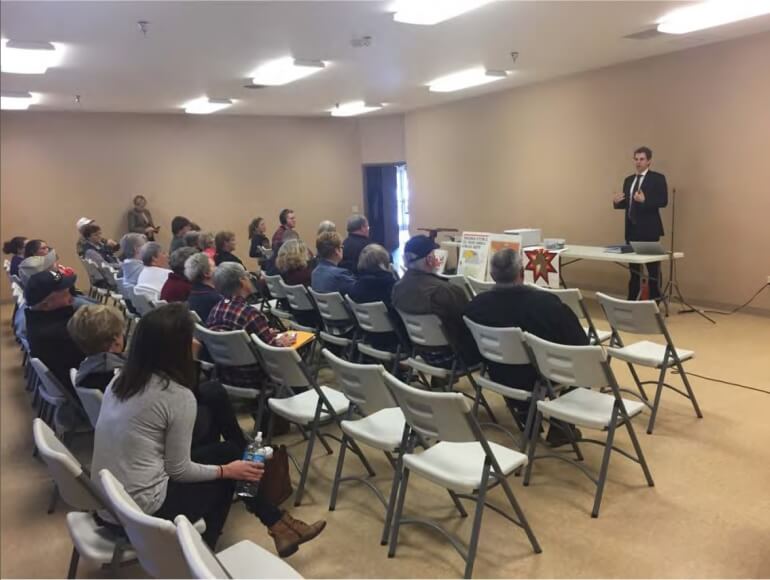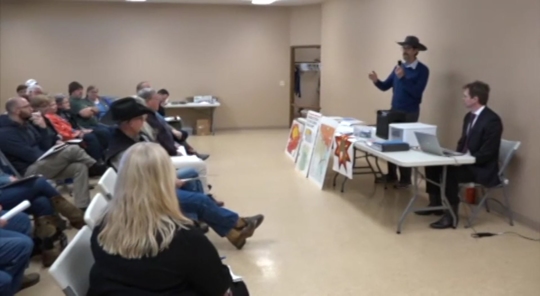After the new United States president’s Executive Order to bring both the Keystone XL and Dakota Access pipelines back to life, the organizations that previously opposed their construction have stepped back into the fray in order to renew the fight.
“We have farmers, ranchers, progressives, environmentalists, and Native Americans all coming to fight this particular pipeline,” President of the Bold Alliance Jane Kleeb said. “And it’s all really this common bond that we have with the water and protecting this land that’s been passed down through generations.”
Bold Alliance is the growing network of groups in rural states – Oklahoma, Louisiana, Iowa and Nebraska – that works to fight back against fossil fuel projects and protect landowners from eminent domain abuse. Kleeb founded first of these groups, Bold Nebraska, back in 2010 in response to TransCanada’s attempt to seize property to complete their pipeline.
Brian Jorde appeared on KMTV to speak about the project's development.
Domina Law Group attorney Brian Jorde, who worked with landowners in Nebraska to keep their land safe from attempts to seize it through eminent domain laws throughout the Keystone XL lawsuits, spoke to KWBE about his plans to continue pushing back against the international company.
“The Constitution says that can only be done if the land is for public use,” Jorde said. “And there is no public use whatsoever for this private pipeline company’s project.”

Brian Jorde met with a group of about 150 ranchers and farmers to discuss how to combat the newly revived Keystone XL pipeline.
Even with the new orders signed by the executive branch in place, Jorde says that it won’t stop the ranchers and farmers from fighting back.
“[The Executive Order] doesn’t override one thing about your rights to intervene or the rights of landowners in this state,” he said.
According to Jorde, some people opposing the construction of this pipeline brought up the idea of “twinning” the Keystone XL pipeline with the pipeline that currently exists – building it parallel to the current Keystone pipeline. This would address the current route that crosses the Nebraska Sandhills and Ogallala Aquifer, one of the main issues Nebraska farmers and ranchers have with the project.
“Many of you live in this portion of the Sandhills and many of you can bring soil from your land to prove that it is in the Sandhills. We will protect that land just like we protect it from any other risk,” Kleeb said.
The next step for TransCanada is to file an application to be approved by the Nebraska Public Service Commission. Following the meeting held on Monday, January 30, landowners in attendance stayed for an extra two hours to write letters to the Commission. Their voices oppose both the Governor of Nebraska, Pete Ricketts and Representative Adrian Smith (R-NE 3rd District) who issued statements supporting the construction of the pipeline. In his statement, Smith claimed that a majority of Nebraskans want the pipeline.
Related Posts:

